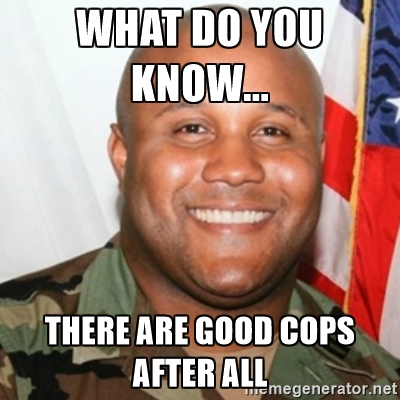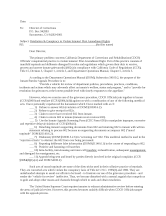
Understanding the Role of Class in Trump Election
I have recently watched a well-planned election and campaign by Donald Trump, soon to be president of the United Snakes of Amerika. But I have to give him credit where credit is due. First, the Democrats for years have used the minority vote to get elected, by making promises of making eir life more better under a democratic capitalistic society.
I do want to question protest. They only focus on revolutionary nationalist struggles aligning their struggle with the left wing national bourgeoisie and with women and men of the left wing nations of the oppressed in Amerika. But we should also remember that not all struggles lead to socialism. The recent protests have cells that are revolutionary nationalism, where the people want the power. We need to study and use strategic methods to overthrow imperialism period. Why protest about issues that are not in line with changing our current economic system?
Now back to my opening on why I give Trump credit. Not to say I support his ideology or policies. I am considering how he managed to get support from the patriarchal labor aristocracy, and the First World lumpens. And some lumpens in the poor rural districts. This explains why Mao asked “who are our enemies, who are our friends?” The white proletariat showed up and it lets us know that they are the majority. And will support a system of imperialism. And the oppression of the Third World peasants. Just as long as the bourgeoisie be fed the illusions that jobs will come back to Amerikkka!
MIM(Prisons) responds: Overall this comrade has a good analysis of the election of Trump and the class that is behind this campaign. However, we want to point out that they are not a white proletariat but rather a white petty bourgeoisie. This distinction is important because the Amerikan workers are not exploited, and this is why they support imperialism: they are benefiting economically from imperialism! It doesn’t really matter if a few jobs come back to the United $tates or not. As was proven with the failed attempts to get citizens to work the fields picking crops, there are some jobs that Amerikans really don’t want. The petty bourgeois class thinks it is owed cushy jobs at high wages, but has no problem with people in the Third World doing grueling work for pennies. The only jobs the Amerikan workers want back are high paying jobs that don’t require much work.
For anyone who believes the myth that white workers in the United $tates are on the decline and getting poorer, we have much in-depth documentation about the level of wealth enjoyed by the vast majority of Amerikan citizens and their well-above-exploitation level wages. This is a question of science, that is all the more important now that it has gained attention not only among false revolutionaries seeking to rally the so-called Amerikan proletariat but also among right-wing politicians gaining center stage in Amerikan politics. As this writer points out, we must be clear about who are our enemies and who are our friends, and at base this question requires a clear analysis of class and nation within U.$. borders. Write to us for a copy of our labor aristocracy study pack to get a more in depth understanding of this important point.
Related Articles:





 Alabama
Alabama
 Alaska
Alaska
 Arizona
Arizona
 Arkansas
Arkansas
 Army Post
Army Post
 California
California
 Colorado
Colorado
 Connecticut
Connecticut
 Delaware
Delaware
 District of Columbia
District of Columbia
 Federal
Federal
 Florida
Florida
 Georgia
Georgia
 Guam
Guam
 Hawaii
Hawaii
 Idaho
Idaho
 Illinois
Illinois
 Indiana
Indiana
 Iowa
Iowa
 Kansas
Kansas
 Kentucky
Kentucky
 Louisiana
Louisiana
 Maine
Maine
 Maryland
Maryland
 Massachusetts
Massachusetts
 Michigan
Michigan
 Minnesota
Minnesota
 Mississippi
Mississippi
 Missouri
Missouri
 Montana
Montana
 Nebraska
Nebraska
 Nevada
Nevada
 New Hampshire
New Hampshire
 New Jersey
New Jersey
 New Mexico
New Mexico
 New York
New York
 North Carolina
North Carolina
 North Dakota
North Dakota
 Ohio
Ohio
 Oklahoma
Oklahoma
 Oregon
Oregon
 Pennsylvania
Pennsylvania
 Puerto Rico
Puerto Rico
 Rhode Island
Rhode Island
 South Carolina
South Carolina
 South Dakota
South Dakota
 Tennessee
Tennessee
 Texas
Texas
 Utah
Utah
 Vermont
Vermont
 Virginia
Virginia
 Washington
Washington
 West Virginia
West Virginia
 Wisconsin
Wisconsin
 Wyoming
Wyoming


